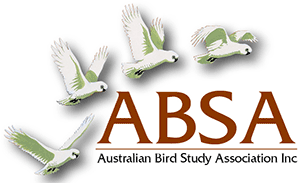Nest site selection and nesting behaviour of the Black-necked Stork Ephippiorhynchus asiaticus australis in northern New South Wales
| Posted: |
29/03/2021 |
| Author(s): |
Greg Clancy, Hugh Ford |
Little is known about the movements of Australian birds. Information is particularly scarce on large, aquatic birds,
which are usually diffi cult to access and handle. Their movements are also often complex, and therefore diffi cult to
identify. Here we present data on the local and long distance movements of the Australian White Ibis Threskiornis
molucca, a highly mobile bird, which as many other waterbirds, continues to decline in its traditional ranges in inland
Australia. At the same time it has invaded coastal urban environments, where its high abundances cause many problems
and require management. Our analysis of past and present banding studies reveals that Australian White Ibis travel
throughout the urban environment and visit landfi lls, where they forage in large numbers. They also conduct long
distance movements, which lead birds from breeding sites in south-eastern Australia along the eastern coast to regions
further north (Queensland and Papua New Guinea). Young birds return to their hatching site, when sexually mature. Their
preferences for landfi lls, high mobility, complex movements and current decline in inland Australia need to be considered,
when developing and implementing management strategies for Australian White Ibis and ecologically similar birds.
>> Download Abstract |
File Size: 104KB
>> Download Complete PDF | File Size: 636KB
